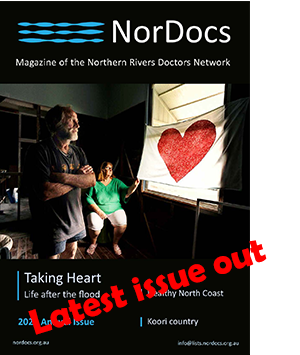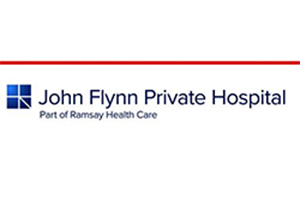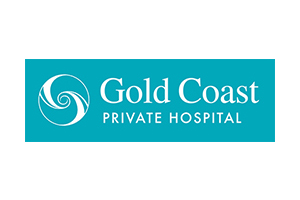
Co-Payment by Stealth
Practices on the North Coast are beginning to feel the effects of the Coalition's freeze on Medicare rebates. Several practices are foreshadowing changes to their billing practices with rises in fees and decreases in bulk billing expected.
Patients can expect to see flyers and posters such as those below encouraging patients to contact their local members, the Minister for Health and the Prime Minister about the effects the rebate freeze will have on both themselves as individuals and more generally on the Australian health system.
It is anticipated that this will become an increasingly significant issue over the next 12 months in the lead up to the next Federal election.
- Details
- Written by: David Guest

Partners commit to tackle Aboriginal health challenges
A broad partnership of health services, Aboriginal community representatives and state government agencies has committed to addressing what a newly released health plan calls “large disparities in estimated life expectancy and health outcomes between Aboriginal people and non-Aboriginal people in Northern NSW.”
The partners came together in early August to launch the three volumes of the Northern New South Wales Integrated Aboriginal Health and Wellbeing Plan 2015-2020 at the Lismore headquarters of the Northern NSW Local Health District.
The event was hosted by Deborah Monaghan, LHD Board member and chair of the committee that oversaw the report’s development. Attending were Aboriginal Elders, Aboriginal Medical Services, North Coast Primary Health Network, Family and Community Services, Aboriginal Learning Circle - TAFE, and Northern NSW Police.
- Details
- Written by: Robin Osborne
Read more: Partners commit to tackle Aboriginal health challenges

Bundjalung Burners are happy ‘losers’
A group of Aboriginal people from local communities has recorded significant health and fitness gains from a program that saw them become the first Northern Rivers team to participate in the annual, statewide ‘Team NSW Knockout Health Challenge’.
In addition, they came in the top fifteen for NSW, a remarkable performance according to Northern NSW Local Health District’s Aboriginal Chronic Care Officer, Anthony Franks.
- Details
- Written by: Robin Osborne

Art Magic: Remnant - Artist, Hiromi Tango
Lismore Regional Gallery is presenting an exhibition and community engagement project with acclaimed Australian artist, Hiromi Tango. Tango is a sculptural installation and performance artist who uses textiles to weave together tactile and immersive environments by hand. For Art Magic: Remnant, her project and exhibition at Lismore Regional Gallery (exhibition 12 September to 26 October 2015), Tango has been working with local community members to make a Rainbow Forest, responding to the flora, fauna and landscape of the Lismore region.
Tango has used the concept of the regeneration of the rainforest as a metaphor for emotional healing. She has a strong belief in the therapeutic qualities of her process and has developed “Art Magic recipes” to share the delight of making. Tango has worked extensively with a variety of community groups including local artists, the elderly, anxiety sufferers, children and young people, students, people living with a disability and culturally diverse community members.
- Details
- Written by: Kezia Geddes

Birthing research puts UCRH head in Australia’s top-ten
The director of the University Centre for Rural Health (UCRH), Professor Lesley Barclay AM, has won an accolade from the federal government for leading one of Australia’s top-ten research projects over the past year.
The Ten of the Best Research Projects 2014 were selected for their innovativeness and potential to make a difference to the lives of Australians and people worldwide.
- Details
- Written by: Staff
Read more: Birthing research puts UCRH head in Australia’s top-ten
Page 154 of 177















